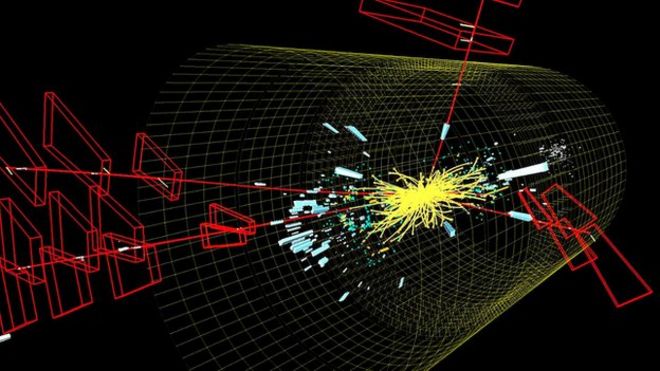Physicists who detected a version of the Higgs Boson in a superconductor say their discovery closes a "historical circuit". They also stressed that the low-energy work was “completely separate" from the famous evidence gathered by the Large Hadron Collider.
Superconductivity was the field of study where the idea for the Higgs originated in the 1960s. But the particle proved impossible to witness because it decays so fast. This new signature was glimpsed as very thin, chilled layers of metal compounds were pushed very close to the boundary of their superconducting state.
This process creates a "mode" in the material that is analogous to the Higgs Boson but lasts much longer. Rather than the study of particles, it belongs in the field known condensed matter physics; it also uses much less energy than experiments at the LHC, where protons are smashed together at just under the speed of light.
It was at the LHC in 2012 that the Higgs Boson, believed to give all the other subatomic particles their mass, was detected for the very first time.

Superconductivity was the field of study where the idea for the Higgs originated in the 1960s. But the particle proved impossible to witness because it decays so fast. This new signature was glimpsed as very thin, chilled layers of metal compounds were pushed very close to the boundary of their superconducting state.
This process creates a "mode" in the material that is analogous to the Higgs Boson but lasts much longer. Rather than the study of particles, it belongs in the field known condensed matter physics; it also uses much less energy than experiments at the LHC, where protons are smashed together at just under the speed of light.
It was at the LHC in 2012 that the Higgs Boson, believed to give all the other subatomic particles their mass, was detected for the very first time.







No comments:
Post a Comment